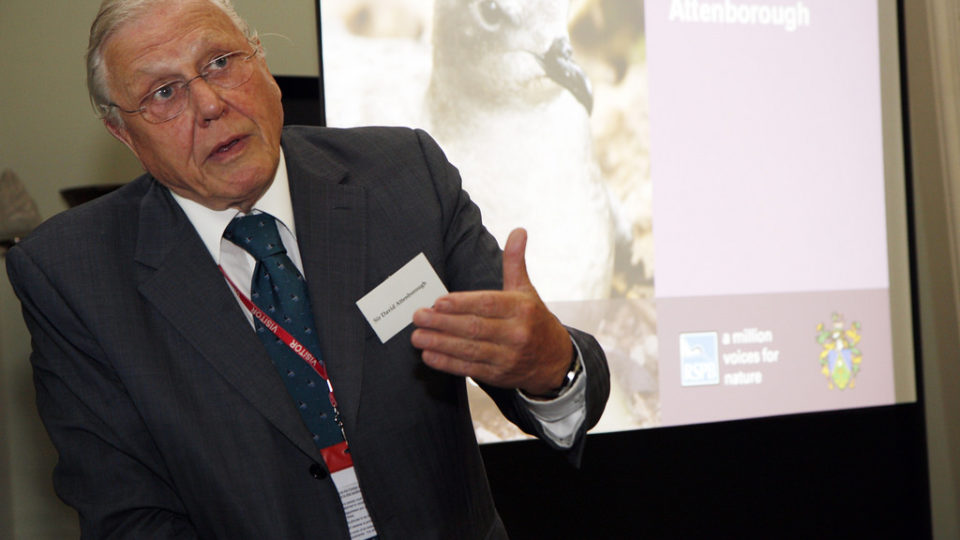David Attenborough finally earned his wings Wednesday after scientists named a 100-million-year-old damselfly after the veteran British broadcaster and naturalist.
The delicate creature, dubbed Mesosticta davidattenboroughi, was discovered in Myanmar’s Kachin province locked inside a nugget of amber dating from the mid-Cretaceous, when dinosaurs still lorded over the planet.
Researchers decided to honour the TV personality for his long-standing passion for dragonflies and to belatedly celebrate his 90th birthday, they said in a statement.
“Dragonflies in amber are extremely rare,” said Edmund Jarzembowski, a scientist at the Natural History Museum in London and co-author of the study that describes the insect and officially registered the new name.
“Sir David was delighted because he is not only interested in the story of amber, but also is a president of the British Dragonfly Society.”
Amber is a fossilised form of tree resin.
Insects may become trapped in the resin when it is a liquid. When the substance dries, they become entombed in a tough, translucent orange-and-gold droplet.
Millions of years later, these creatures from an ancient era can provide precious insights into evolutionary processes.
In June 2016, paleontologist Linda Xing found a piece of amber containing the feathered tail of a baby dinosaur on sale at a market in Myitkina.
According to the Journal of Systematic Palaeontology, the fossil of the Mesosticta davidattenboroughi is extremely well preserved, and includes a complete set of wings.
This particular family of damselfly is rarely found in amber, and has a scant fossil record compared to others, said lead author Daran Zheng of the Nanjing Institute of Geology and Palaeontology.
M.davidattenboroughi joins a growing list of animals named after the BBC presenter that includes a weevil, a fish, and a plesiosaur, marine reptiles that plied Earth’s oceans as early as 200 million years ago.
Knighted in 1985, Attenborough has travelled the globe for more than six decades reporting on the wonders of the animal kingdom.
His series “Life on Earth” was seen by more than half a billion people. In recent years, he has become an ardent campaigner against the threat of climate change.




